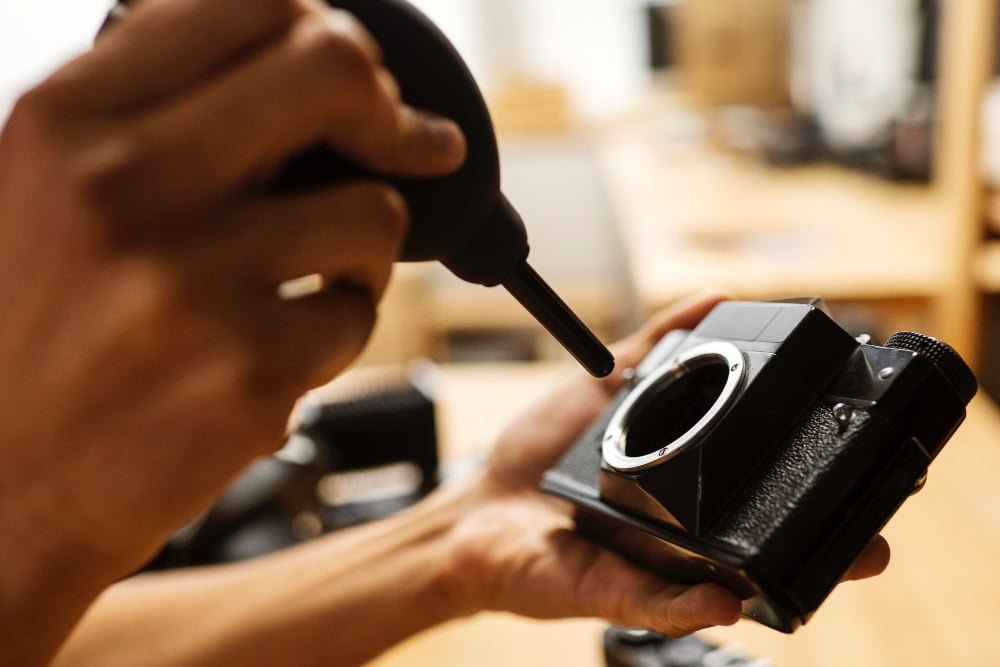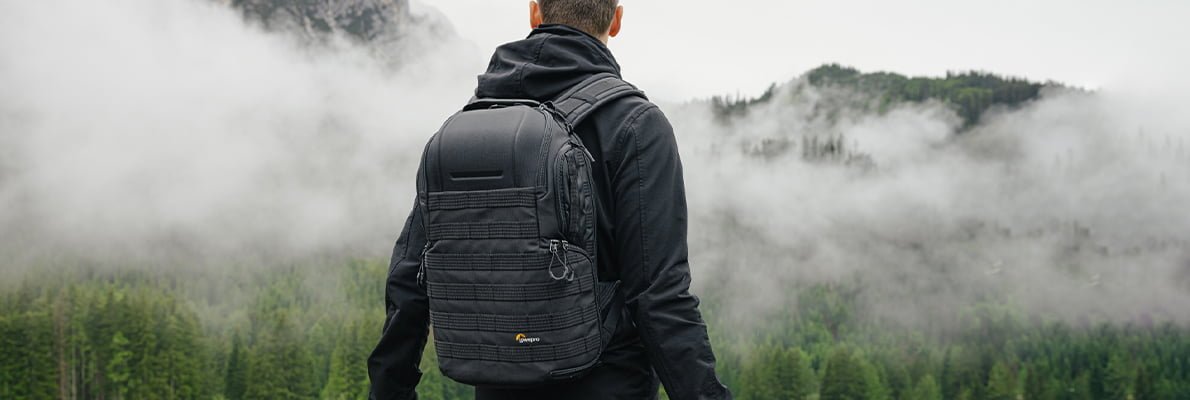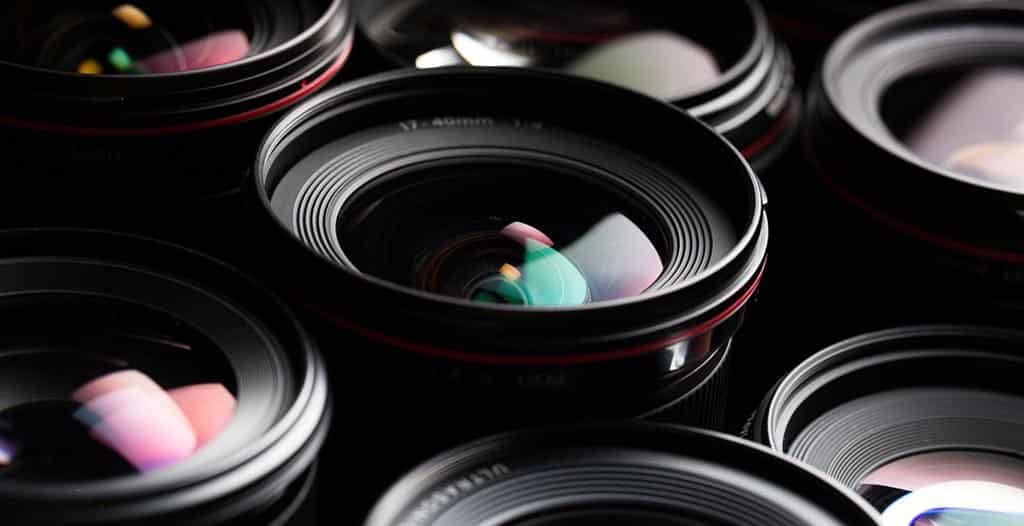In this article we will talk about the different photo lenses. Tips, wide-angle lenses, standard lenses, telephoto lenses and photo lenses for the macro.
Photo lenses : top tips
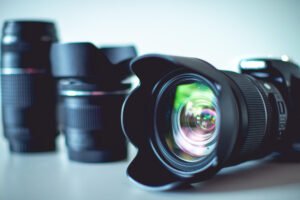
Lenses are essential elements to obtain beautiful photos. Their choice and use can make all the difference in the quality of your images. In this section, we will focus on three key aspects to fully exploit the performance of your objectives. The selection of the right AF mode, the management of optical defects and the search for the “sweet spot”.
Select the right AF mode
The autofocus (AF) mode of your lens can have a significant impact on the sharpness of your photos. It is important to understand the different modes available and to choose the one that best suits your subject. Some modes are more suitable for moving subjects, while others are more suitable for static subjects. Take the time to explore your camera’s options and familiarize yourself with the different AF modes.
Optical defects of photo lenses
All lenses have optical defects, such as distortion, chromatic aberrations or vignetting. It is important to know them in order to minimize them or exploit them to your advantage. For example, distortion can be corrected in post-processing, while vignetting can be used to create a particular atmosphere in your photos. Take the time to read the manual of your lens and understand its optical characteristics.
Find the sweet or hyperfocal spot of your lens
The “sweet spot” is the opening range where your lens offers the best sharpness and resolution. It is usually located between f/8 and f/11, but this may vary depending on your objective. Experiment with different openings to find the sweet spot of your lens. Keep in mind that the use of too large an aperture (low number f/) can lead to a loss of sharpness due to diffraction. While an opening that is too small (large number f/) can lead to a loss of sharpness due to diffraction.
Avoid the flare
The flare is caused by a light directly hitting the lens. This can be creative so desired or undesirable. In this case, it is better to install the sun visor on your lens in order to limit or eliminate this phenomenon.
In summary, the selection of the right AF mode, the management of optical defects and the search for the sweet spot are essential elements to fully exploit the performance of your objectives. Take the time to explore and understand the characteristics of your lenses to get the most out of your photos.
Wide-angle lenses : see things big
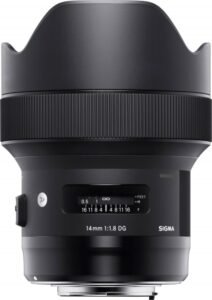
Wide-angle lenses are versatile tools that offer many advantages in photography. Whether you are a passionate amateur or a seasoned professional, these lenses can help you capture unique and memorable images. We will explore the advantages of wide-angle lenses in terms of sharpness, portraits and portrait orientation.
Sharpness of wide-angle lenses
One of the main advantages of wide-angle lenses is their ability to offer exceptional sharpness. Thanks to their wide field of view, these lenses make it possible to capture more details in a scene. This means that you can get sharper images, with a greater depth of field. Whether you are photographing landscapes, architectures or events, wide-angle lenses allow you to obtain clear and detailed images.
Wide-angle portraits
Wide-angle lenses can also be used to take unique and captivating portraits. Unlike telephoto lenses that compress planes, wide-angle lenses make it possible to create a broader and immersive perspective. This means that you can include more elements in your frame, such as the environment or scenery, which adds depth and interest to your portraits. In addition, wide-angle lenses make it possible to capture more natural facial expressions and highlight the characteristics of your subject’s face.
Portrait orientation with a wide-angle lens
Portrait orientation with wide-angle photo lenses offers another creative way to capture images. Using a wide-angle lens, you can create interesting compositions by playing with perspective and depth of field. For example, you can include a detailed foreground while keeping the background in context. This makes it possible to create dynamic and artistic images that attract the viewer’s attention. Whether you are a street photographer, a portraitist or a wedding photographer, the wide-angle portrait orientation can help you explore new creative possibilities.
Tip : give importance to the foreground
Place your lens close to the foreground (rock, beach…) This will give an artistic dimension to your photos and make the photo more “immersive”.
Wide-angle lenses offer many advantages in terms of sharpness, portraits and portrait orientation. Their ability to capture more details, create an immersive perspective and offer creative compositions make them essential tools for photographers. Whether you are an amateur or a professional, wide-angle lenses can help you improve your photography skills and capture unique and memorable images.
Standard lenses : fast, affordable and flattering
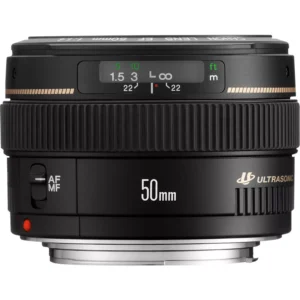
Standard lenses are a popular choice for many photographers because of their versatility and image quality. They offer a perfect combination of speed, affordable price and the ability to capture flattering portraits. In this section, we will explore the benefits of standard objectives. But also why they are considered equivalents of the human vision.
Speed and affordable price
Standard lenses are known for their speed, which means that they allow sharp images to be captured even in low-light conditions. This is due to their maximum aperture generally located between f/1.8 and f/2.8. This large aperture allows more light to enter the lens. This results in shorter exposure times and sharper photos.
In addition to their speed, standard lenses are also affordable compared to other types of lenses. They are often included in basic camera kits or can be purchased separately at a reasonable price. This makes them accessible to all photographers, whether amateurs or professionals.
Equivalents of human vision
Standard lenses are considered equivalents of human vision because of their focal length. In general, standard lenses have a focal length of 50 mm on full-frame cameras. This roughly corresponds to the distance between the human eye and its subject. This means that images captured with a standard lens have a view angle similar to that of human vision, which gives an impression of realism and familiarity.
By using a standard lens, you can capture scenes in the same way you see them. This facilitates composition and visual narration. Whether you are taking landscapes, portraits or street scenes, a standard lens will allow you to capture images that seem natural and balanced.
Flattering portraits
If you are interested in portrait photography, a standard lens can be an excellent choice. Their focal length of 50 mm offers a flattering perspective for faces, without the distortions often associated with wide-angle or telephoto lenses.
Standard lenses also make it possible to create a pleasant background blur, thus focusing on the main subject while softening unwanted details. This gives the portraits a soft and professional appearance.
In addition, standard photo lenses are generally light and compact, making them easy to carry and use for outdoor or studio portrait sessions.
Fixed focal length
Some standard lenses do not have a zoom so there is no possibility to choose the focal range. These lenses are very often of superior optical quality. They are also a good way to have to move and therefore a greater advantage in terms of creativity.
Standard photo lenses offer an ideal combination of speed, affordable price and the ability to capture flattering portraits. Their equivalence with human vision makes it possible to create realistic and familiar images, while their focal length of 50 mm offers a flattering perspective for portraits. Whether you are an amateur or professional photographer, a standard lens should certainly be part of your equipment.
Telephoto lenses for fast action capture and exceptional versatility
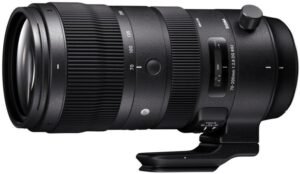
Telephoto lenses are essential tools for photographers looking to capture subjects in motion or remotely. They offer fast focusing speed and exceptional versatility. This makes it an ideal choice for lovers of sport, nature and wildlife photography.
Increase your speed to capture the action
Telephoto lenses are known for their ability to capture fast-moving subjects. Thanks to their long focal length, they make it possible to bring distant subjects closer together and grasp them with great precision. Whether you photograph athletes on a sports field or wild animals in their natural habitat, a telephoto lens will allow you to freeze the action and capture decisive moments.
Fast focus is another advantage of telephoto lenses. They are equipped with high-performance autofocus motors that allow you to track moving subjects and keep them sharp, even when they move quickly. This allows you to take sharp and detailed photos, even in difficult light conditions.
By using a telephoto lens, you can also create background blur effects (bokeh) to highlight your main subject. This technique is very popular in portrait photography. It makes it possible to detach the subject from the background and create a more intimate atmosphere.
The versatility of telephoto lenses
In addition to their ability to grasp fast action, telephoto lenses also offer great versatility. Their long focal length allows you to explore new subjects and capture details that you could not see with the naked eye.
For example, you can use a telephoto lens to photograph distant landscapes. The goal is to highlight specific elements such as mountains, waterfalls or emblematic buildings. You can also use it to photograph sporting events, concerts or shows, getting closer to the action and capturing unique moments.
Telephoto lenses are also very useful for wildlife photography. They allow you to photograph wild animals without disturbing them, keeping a safe distance. This allows you to capture natural behaviors and unique expressions, while preserving the integrity of wildlife.
Finally, telephoto lenses are also used in street photography. They make it possible to capture scenes from everyday life without disturbing the subjects. They give you the opportunity to remain discreet and capture authentic moments.
Tip: use of the stabilizer
Some telephoto lenses have a stabilizer. This electronic option compensates for movement or motion blur. The stabilizer is a floating element of the electronically managed objective. Disable it if you shoot in a fixed way with a tripod.
Telephoto lenses are essential tools for photographers who want to capture subjects in motion or remotely. Their ability to increase the speed of focus and their versatility make them ideal choices for lovers of sports, nature and wildlife photography. Whether you are a professional or a passionate amateur, a telephoto lens will be a valuable addition to your photographic equipment.
Macro lenses
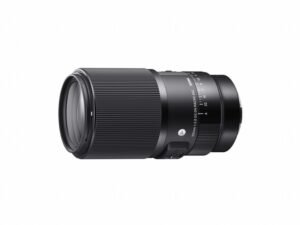
Macro photography is an exciting technique that allows you to capture incredible details and reveal a miniature world. To obtain breathtaking results, it is essential to have a good control over the use of your macro lens. In this article, we will give you some tips to help you get sharp photos. But also to use manual mode and play with blur to create artistic effects.
Macro lenses, attention to sharpness
One of the major challenges in macro photography is to maintain perfect sharpness on your subject. With a macro lens, the depth of field is very small. This means that only a few millimeters can be net. To obtain clear results, you will have to get closer to your subject and use a small aperture (large value f/). This will increase the area of sharpness and capture more details.
It is also important to stabilize your camera to avoid any motion blur. This is why you must use a tripod or place your device on a stable surface. You can also use a remote shutter release to avoid moving the device by pressing the shutter button.
Manual mode with a macro lens
Macro photography often requires precise adjustments to obtain the desired results. That is why it is better to use the manual mode of your camera. In manual mode, you can adjust parameters such as aperture, shutter speed and ISO sensitivity yourself.
To start, set your aperture to a small value (large value f/) to increase the depth of field. You will get a greater area of sharpness. Then, adjust the shutter speed according to the brightness of your environment. Finally, adjust the ISO sensitivity to get the right exposure without introducing too much noise into your image.
By using manual mode, you will have full control over your camera settings. You will be able to experiment to get the best results.
Use blur with macro photo lenses
Blur can be a powerful tool to create artistic effects and highlight your subject in macro photography. You can play with blur using a shallow depth of field. This will create a blurred background and emphasize your main subject.
To achieve this effect, use a large aperture (small value f/) to reduce the depth of field. Place your subject at a sufficient distance from the background to create a separation between the two. The greater the distance between your subject and the background, the more the blur will be.
You can also experiment with techniques such as bokeh. This allows you to create circular or heart-shaped blurred areas in your image. To do this, you can use special lenses or creative filters.
Tip : booster light when shooting
Motion blur can be problematic in macro photography. And to compensate for this, you will increase the shutter speed, which can be quite normal. A faster shutter speed will mean that less light will enter the lens. The least expensive solution is to use a small reflector to concentrate sunlight towards your subject. There are also led rings or flash rings to put on your lens to bring light and “unblock” the shadows.
Macro photography with dedicated photo lenses requires special attention to sharpness. The use of manual mode and experimentation with blur. By following these tips, you will be able to capture incredible details and create stunning macro images.
